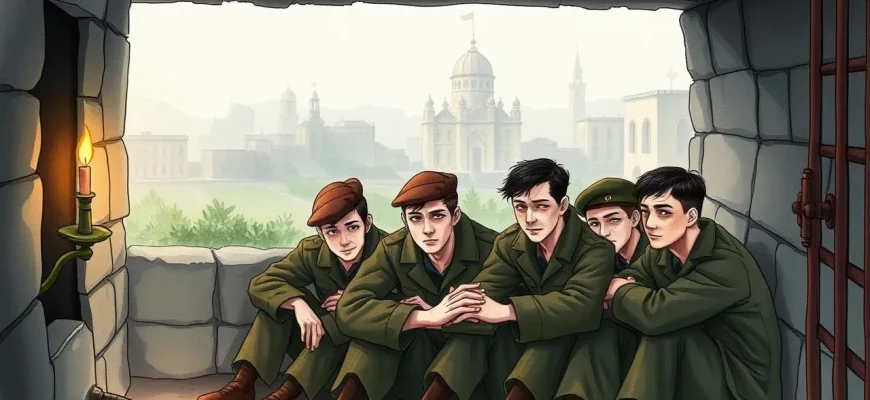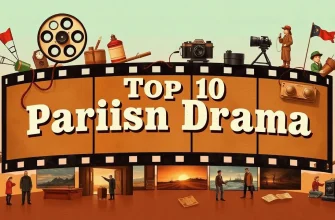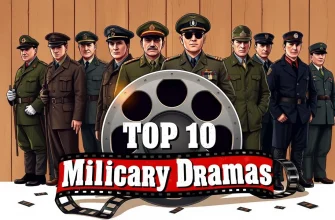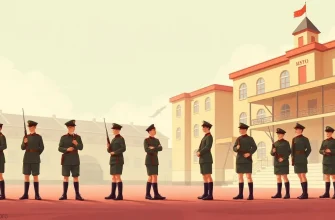War is not only fought on the battlefield; it's also endured in the hearts and minds of those taken captive. These films delve into the psychological and emotional battles faced by prisoners of war, offering a poignant look at human resilience, camaraderie, and the will to survive. This collection not only entertains but also educates, providing insights into the darker side of conflict and the indomitable spirit of those caught in its grip.
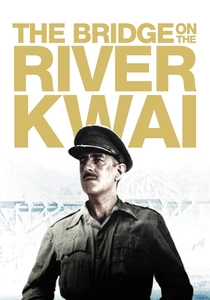
Bridge on the River Kwai (1957)
Description: Set during WWII, this film explores the complex dynamics between British POWs forced to build a railway bridge for their Japanese captors, highlighting themes of duty, honor, and survival.
Fact: The film won seven Academy Awards, including Best Picture. The bridge was actually built for the film in Sri Lanka.
 Watch Now
Watch Now

The Great Escape (1963)
Description: This classic film captures the true story of a mass escape from a German POW camp during World War II, showcasing the ingenuity and bravery of Allied prisoners.
Fact: The film was shot at the actual site of Stalag Luft III, where the real escape took place. Steve McQueen did many of his own stunts, including the famous motorcycle jump.
 Watch Now
Watch Now

The Deer Hunter (1978)
Description: While not exclusively about POWs, this film includes a harrowing segment where American soldiers are captured and subjected to Russian roulette by the Viet Cong, exploring the impact of war on friendships.
Fact: The film won five Oscars, including Best Picture. The Russian roulette scenes were highly controversial and criticized for historical inaccuracies.
 Watch Now
Watch Now
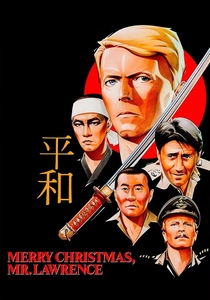
Merry Christmas, Mr. Lawrence (1983)
Description: This film examines the cultural clash and psychological warfare between British POWs and their Japanese captors, focusing on the relationship between a British officer and a Japanese commander.
Fact: David Bowie, who played Major Jack Celliers, learned to play the flute for his role. The film was inspired by real events during WWII.
 Watch Now
Watch Now

The Hanoi Hilton (1987)
Description: This lesser-known film focuses on the experiences of American POWs in the infamous "Hanoi Hilton" during the Vietnam War, capturing the brutality and resilience of the prisoners.
Fact: The film was one of the first to depict the torture and conditions in the Hanoi Hilton. It was also one of the last films for actor Michael Moriarty before he left Hollywood.
 Watch Now
Watch Now

Rescue Dawn (2006)
Description: Werner Herzog's film recounts the true story of Dieter Dengler, a German-American pilot shot down during the Vietnam War and his subsequent escape from a POW camp.
Fact: Christian Bale lost significant weight for his role, mirroring Dengler's own physical decline. Herzog had previously made a documentary about Dengler's ordeal.
 Watch Now
Watch Now
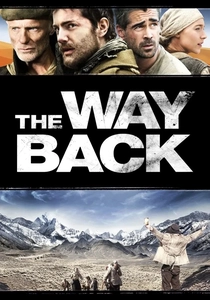
The Way Back (2010)
Description: Based on a true story, this film follows a group of prisoners escaping from a Siberian gulag during WWII, showcasing their grueling journey to freedom.
Fact: The film was inspired by the memoir "The Long Walk" by Sławomir Rawicz, though its authenticity has been debated. The cast endured harsh conditions during filming to capture the realism of the escape.
 Watch Now
Watch Now
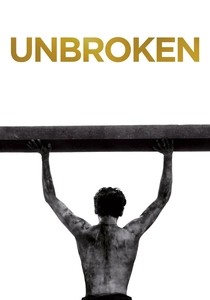
Unbroken (2014)
Description: This biopic tells the incredible story of Louis Zamperini, an Olympic runner turned WWII bombardier, who survives a plane crash, only to be captured by the Japanese.
Fact: Angelina Jolie directed the film, and it was based on the bestselling book by Laura Hillenbrand. The film's ending was changed from the book to provide a more uplifting conclusion.
 Watch Now
Watch Now
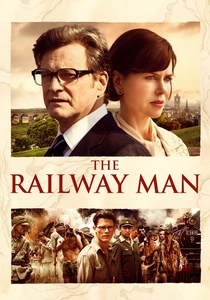
The Railway Man (2013)
Description: This film follows the journey of Eric Lomax, a former British POW, as he confronts his past torturer years after WWII, exploring themes of forgiveness and reconciliation.
Fact: Colin Firth and Nicole Kidman star in this adaptation of Lomax's memoir. The real-life meeting between Lomax and his former captor was emotional and cathartic.
 Watch Now
Watch Now
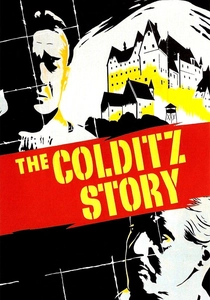
The Colditz Story (1955)
Description: This film recounts the famous escapes from Colditz Castle, a high-security German POW camp during WWII, highlighting the ingenuity and determination of the prisoners.
Fact: The film was shot at Colditz Castle itself. It was one of the first British films to deal with the subject of escape from POW camps.
 Watch Now
Watch Now

